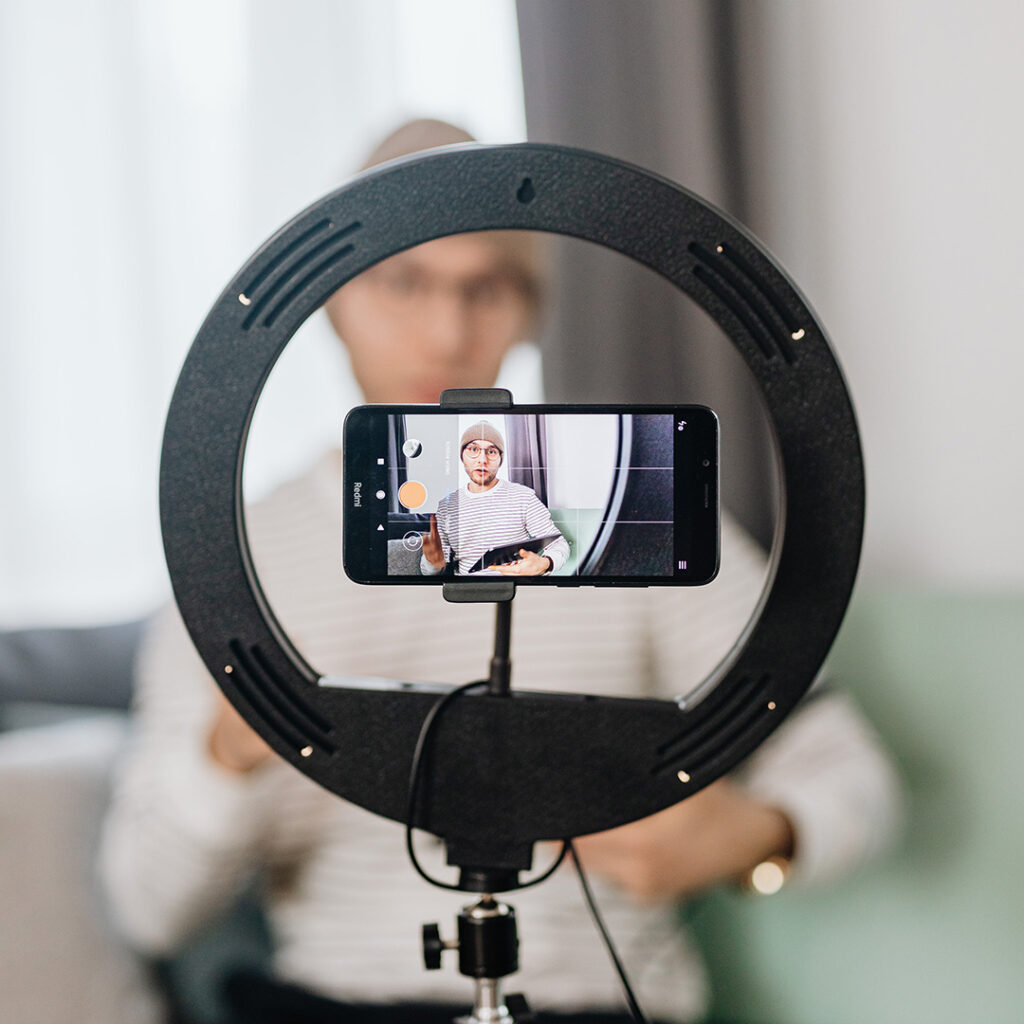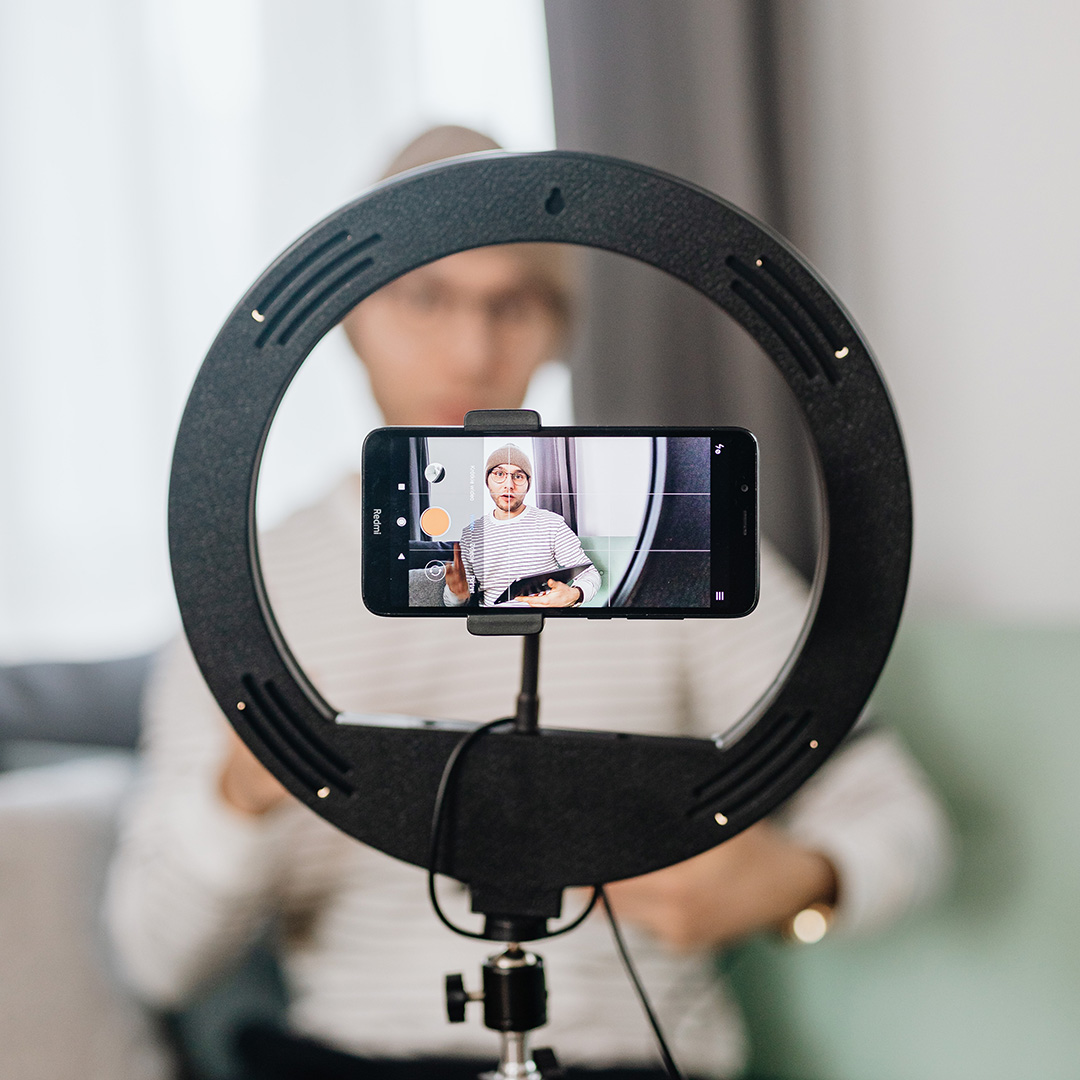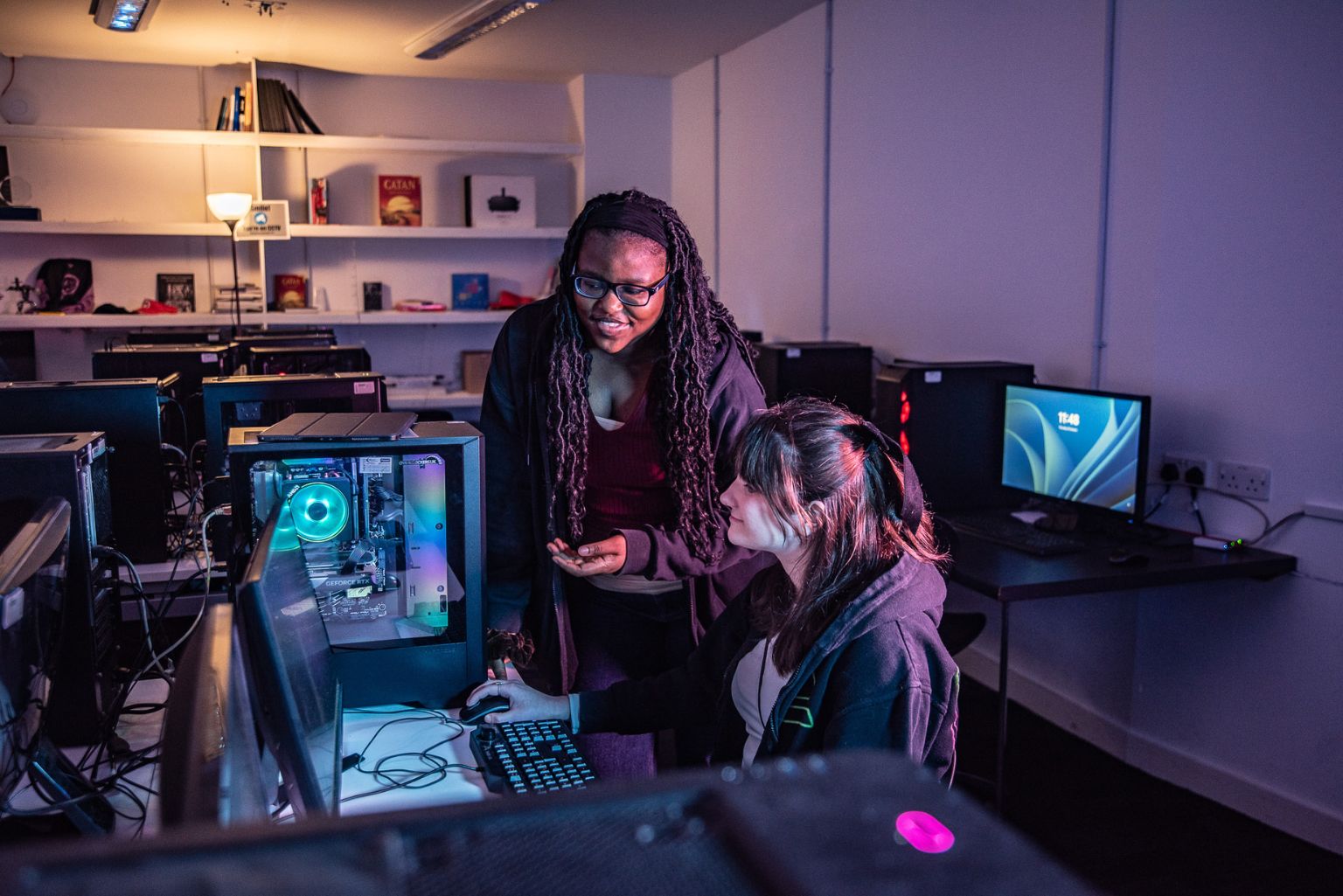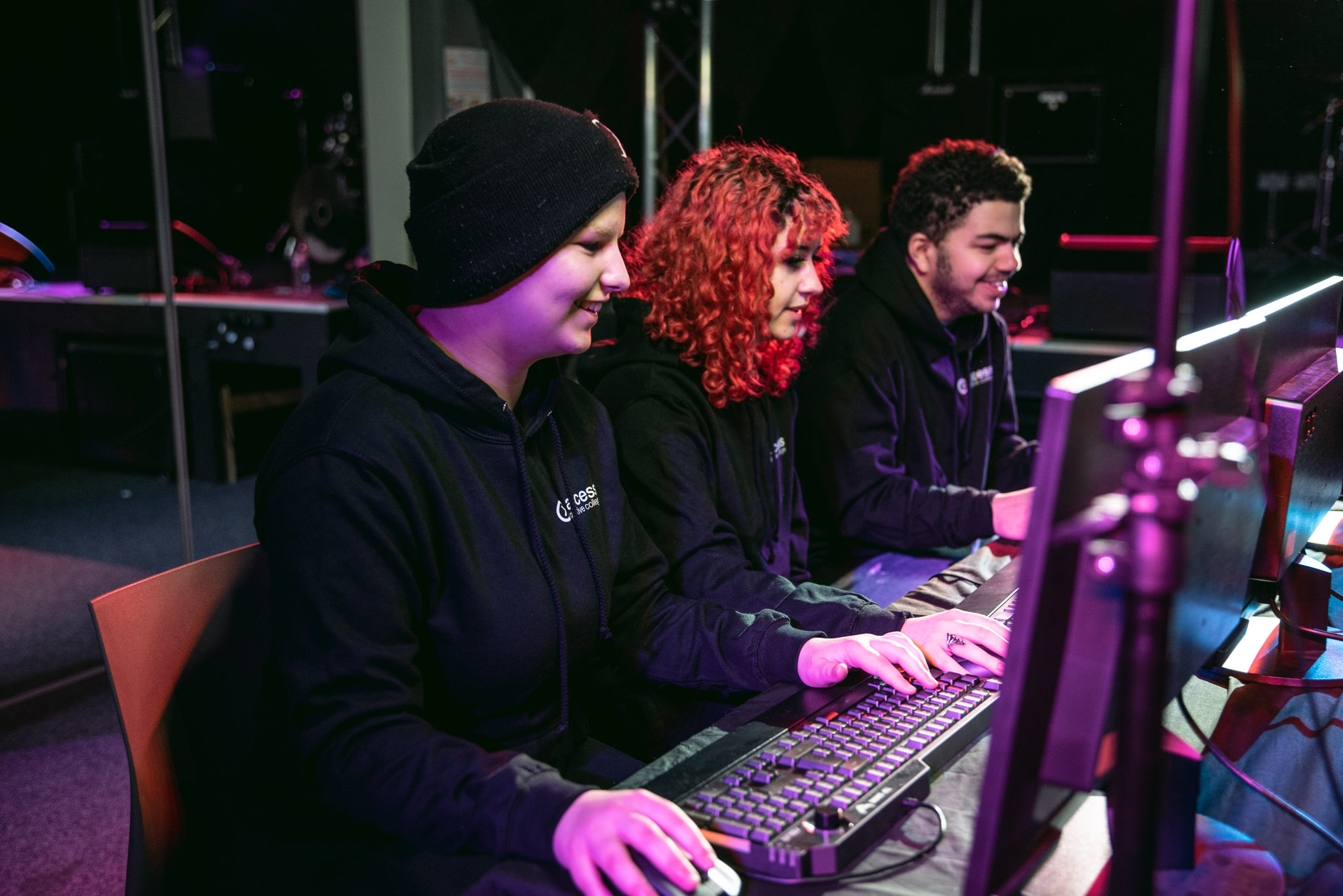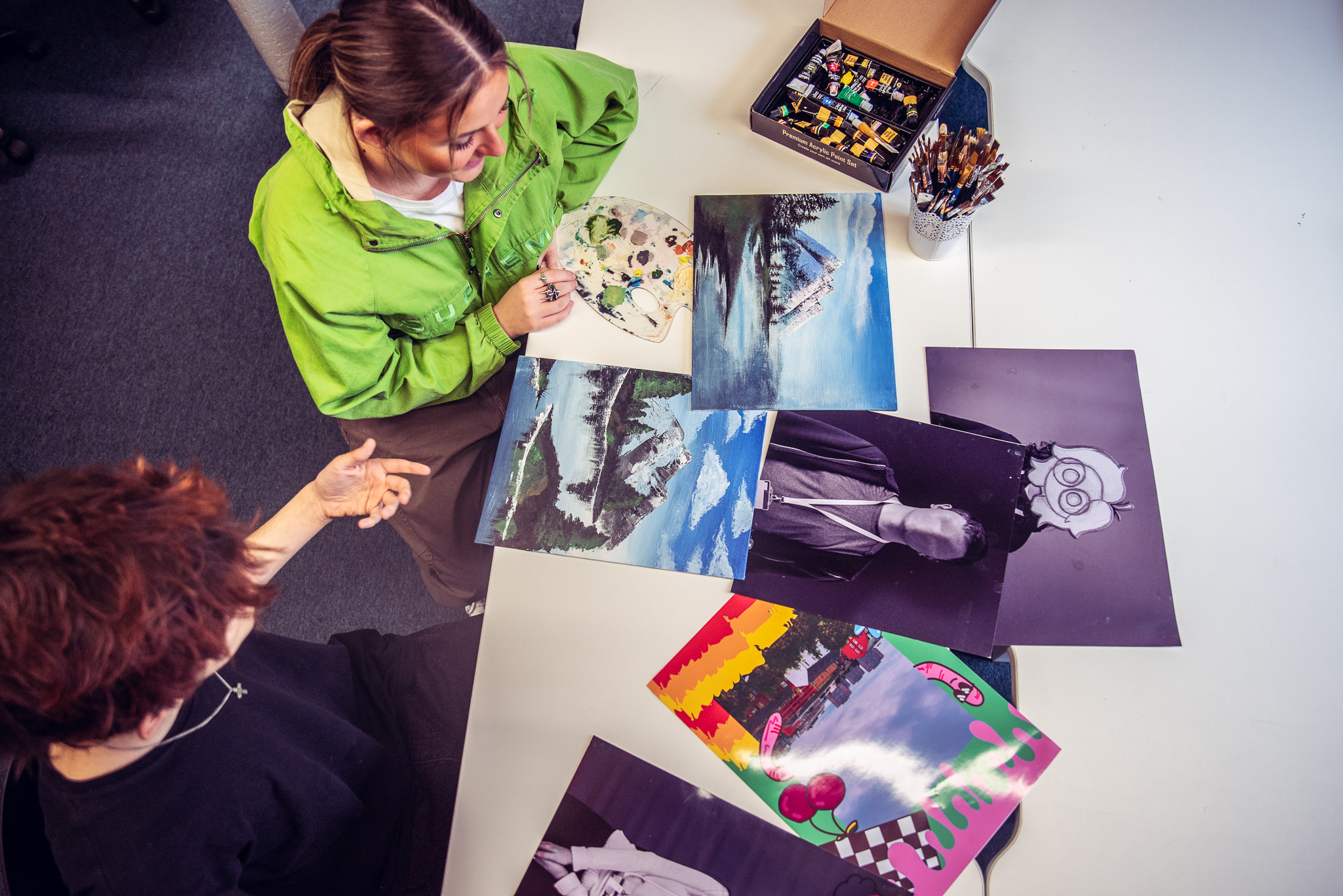The Power of Social Media
Social media is a powerful tool. We’ve seen 2 generations of people now, rising through the ranks of platforms such as Youtube, Tiktok and Instagram – eventually becoming mainstream celebrities in their own right. They host talk shows, walk red carpets and collaborate with food companies. Even if you don’t want to be an ‘influencer’ or celebrity, there’s no denying the importance and power of a dedicated audience on social media for career progression within a creative field.
Target Audience & Adaptability
First, we need to actually identify our target audience. What’s the age range? Gender? What style of content do they typically consume? Which platforms do they use the most? ‘Whether you rely on personas or actual customer data, find out who your target audience is and curate content for them.’ (Benchmark One, 2021).
Adaptability is key when it comes to social media. You need to be able to hop on trends quickly, alter your style, and deal with situations when they arise. The online world moves at such a rapid pace and public opinion can shift rapidly. A person trying to build an audience has to be aware of these changes, and keep up with trends.
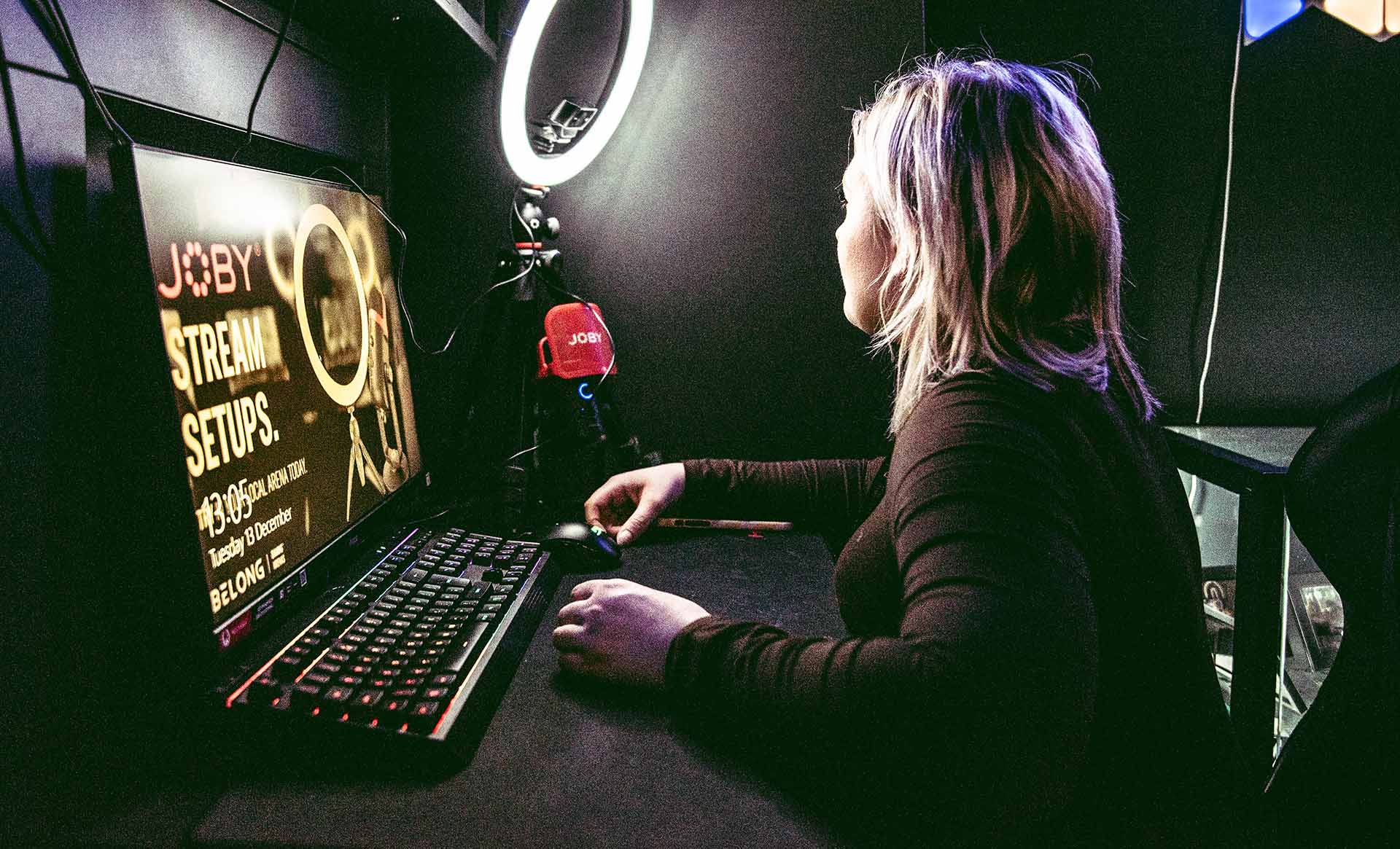
Platform Purpose
Different industries make use of different social media platforms, so it’s important to take note of this when strategising. For Games and Esports, you should be posting your creative content on platforms like Twitch or Youtube. With 200 million people watching gaming content on Youtube every day (Think With Google) it’s vital that you engage with this massive audience. Discord can be used for community building and connecting with other people involved in the games space. Reddit and X can be used for debate and discussion.
For media platforms like Youtube, Vimeo and Instagram can be used for content. Instagram can also be used for promotion alongside Tiktok. Letterboxd is a great platform for those involved in film and again X is a great place to connect with people.
Soundcloud and Spotify are specialised platforms for music uploads. They have algorithms to help your music be discoverable, so these should be your first priority when uploading content. Tiktok, Instagram and Youtube can also be used to promote your work and reach new audiences.
Using social media productively
‘Using social media’ doesn’t mean just scroll mindlessly for hours. It means using it in a productive and meaningful way. Research creators you look up to and see if you can get together to collaborate. Get some inspiration from a post you see on instagram or see what’s trending on X. Use this information to your advantage and factor it into your posts and content.
Collaboration is a great way to boost your social media channels and brand generally. When working with another creator you are able to make connections within the industry, and to bring your audiences together. If your peer works in the same creative space, the audience overlap will be very large, and you both stand to gain a lot from a potential collaboration.
You also shouldn’t be afraid to venture outside of your comfort zone. Try connecting with someone in a different genre of content entirely. Food content creators and comedians aren’t in the same content space but there is still audience overlap. By collaborating with someone outside of your creative area, you’re also able to tap into a different cohort of followers entirely, which can be a really useful tool to bring in new followers and introduce them to your work.
Consistency is Key
A key aspect of social media is consistency, and consistency is different for each individual because of the different styles of content, platforms and audiences etc. As a general guide you want to be posting some form of content each day. This could be something as minor as a tweet or as major as an hour long Youtube video detailing your creative process. Posting regularly reminds your audience that you are there and embeds your brand into their online experience.
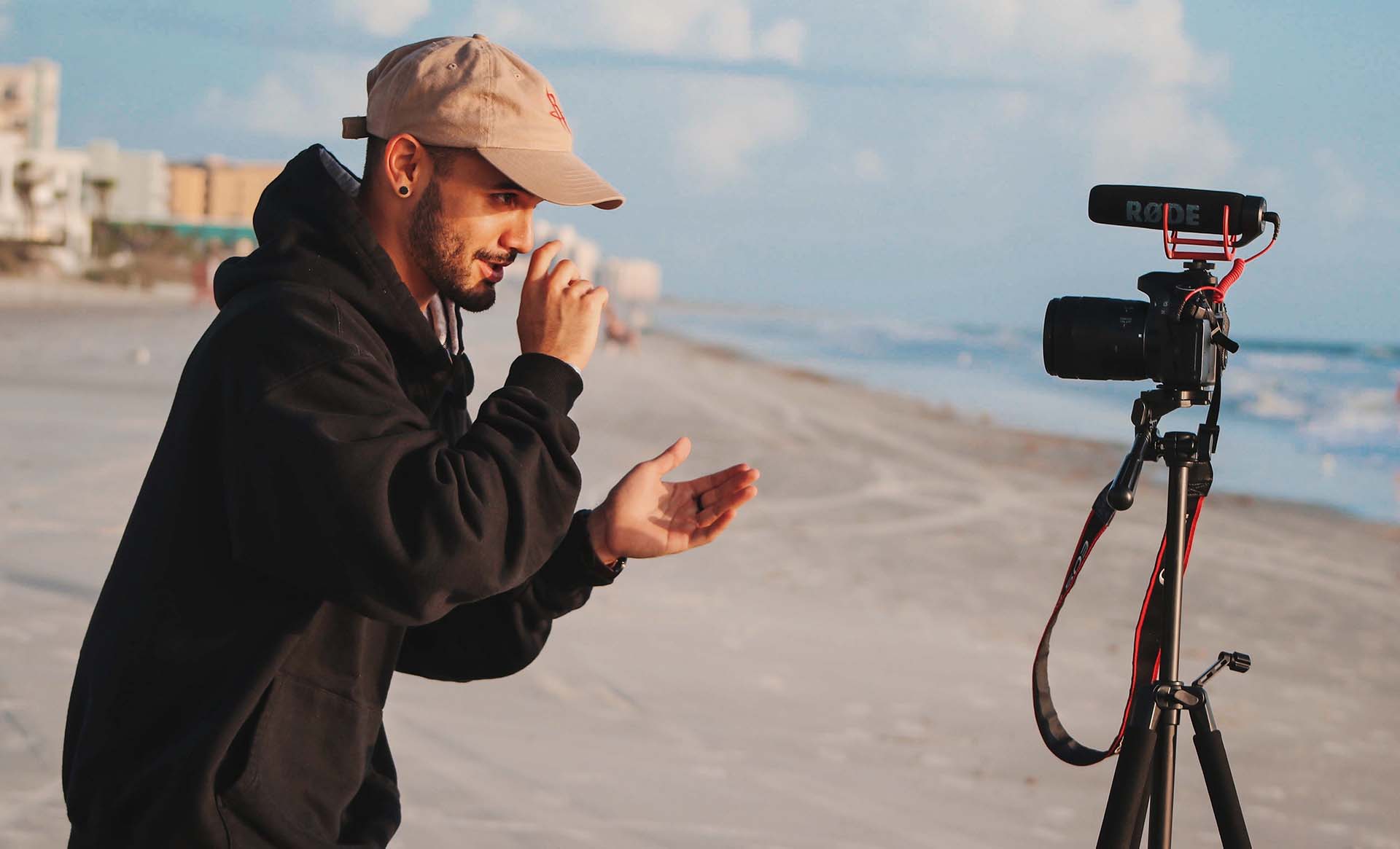
Show off your personality
As much as the quality of your work is important, audiences and followers love when they can also engage with you as a person. Showing personality in your captions, tweets and posts can boost your following, as consumers are able to ‘root for’ and empathise with the person behind the work. There are two rules that can be used to find the right balance between your personal and professional sides.
The 80-20 rule states that the 80% of posts should try to inform, educate or entertain whilst the remaining 20% can promote your brand.
The rule of thirds organises your content feed into 3 different roles. ⅓ should aim to promote business and generate profit. Another ⅓ should share your ideas and content, as well as resharing fellow creators. The last ⅓ should focus on personal interactions with your audience.
These two rules can help to balance your content output and help strike the right chord with an audience.
It’s not all about the numbers…
I know this may sound contradictory having just rattled off a load of fractions; however the numbers really aren’t that important! ‘Vanity metrics like number of followers and likes are easy to track, but it’s hard to prove their real value.’ (Hootsuite, 2022). Statistics like this are often arbitrary due to fluctuating algorithms and pure luck. Sometimes a post does well and sometimes it doesn’t. Instead of obsessing over these numbers, try to track useful metrics such as audience engagement, impressions and reach and click-through rates.
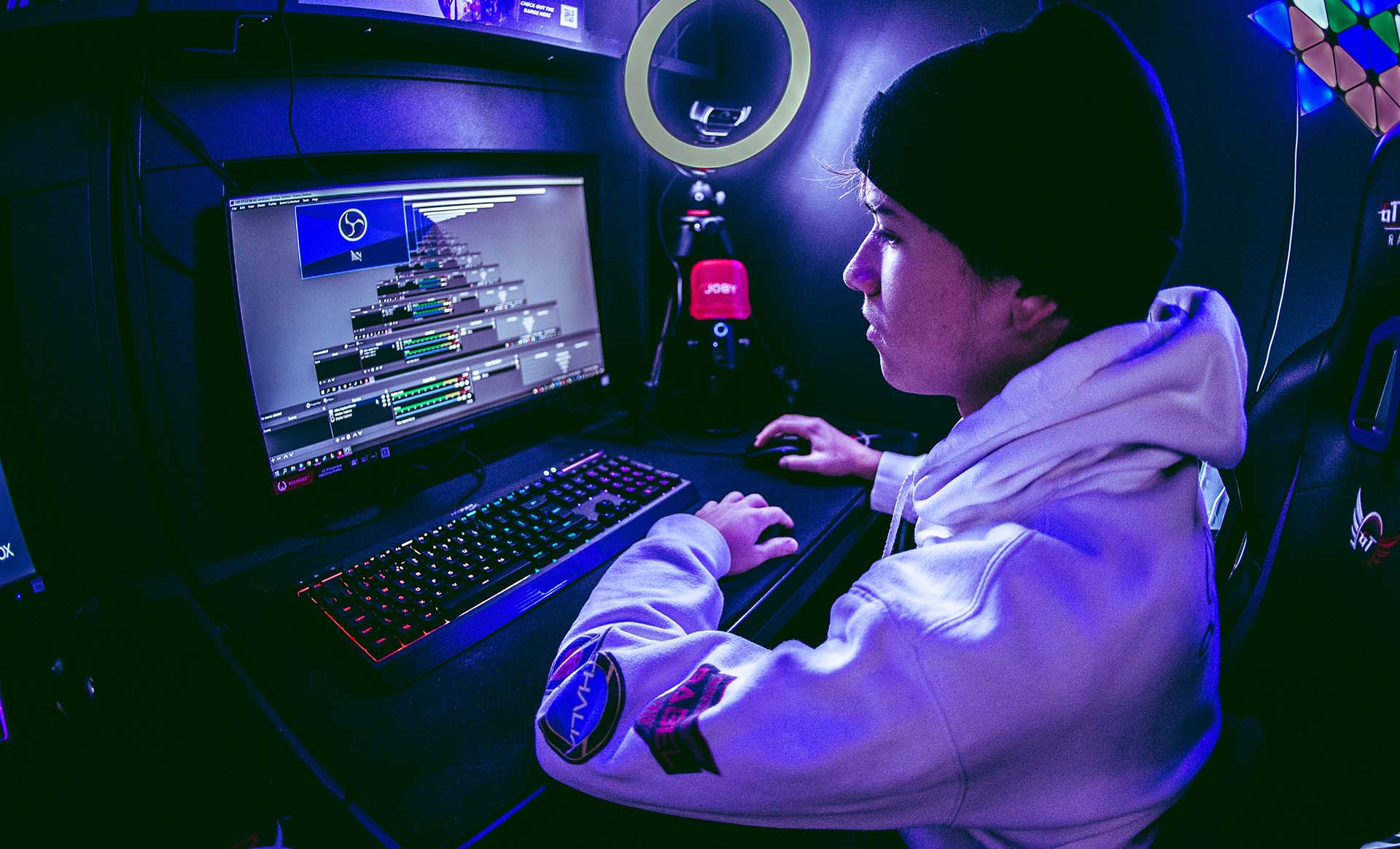
Social Media at Access Creative College
At Access Creative College we offer a wide range of courses, across Esports, Games, Media, Music and Computing. Branding is key in most of these industries, so we give our students a head start by helping them build professional online portfolios. We also provide collaboration opportunities with our partners, including some of the UK’s best creative organisations like Latitude, Royal Albert Hall and Condense.
We also share student work on our channels, to shout about all the amazing things they’re creating. Take a look by searching @accesscreativecollege on all platforms.


